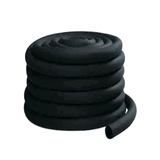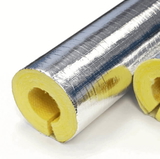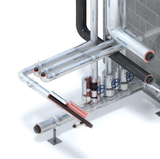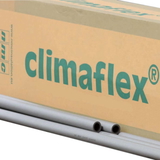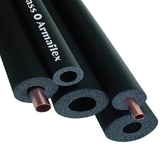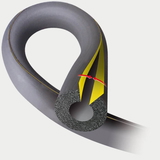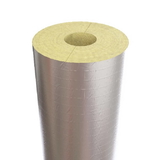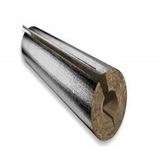- Blogs
- The Quest for Sustainable Pipe Insulation and Lagging
The Quest for Sustainable Pipe Insulation and Lagging
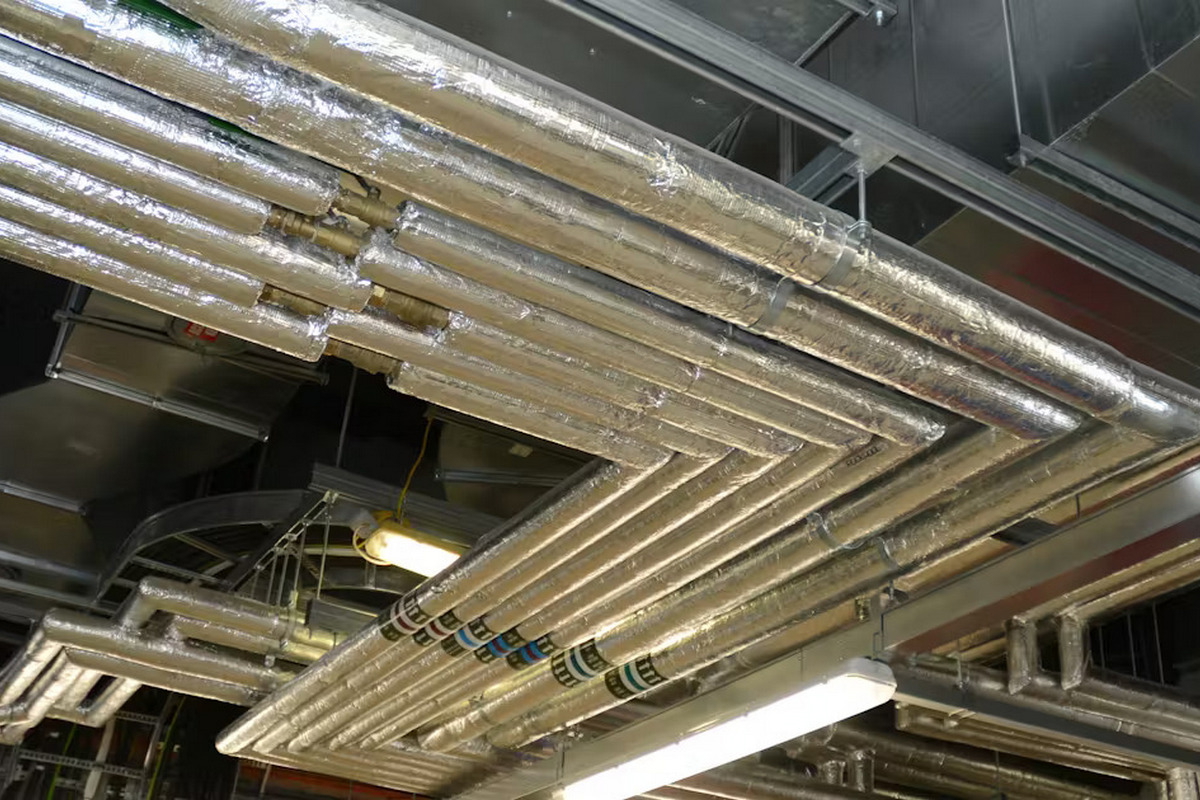
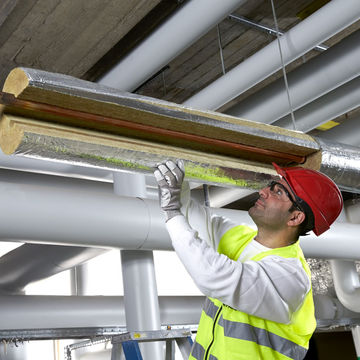 As builders and homeowners prioritise sustainability, the quest for environmentally-friendly pipe insulation and lagging options continues. While insulation made from renewable materials like hemp or cotton would be ideal, these products are not yet available for pipe applications. So what are the current best options for eco-conscious pipe insulation that can actually be recycled?
As builders and homeowners prioritise sustainability, the quest for environmentally-friendly pipe insulation and lagging options continues. While insulation made from renewable materials like hemp or cotton would be ideal, these products are not yet available for pipe applications. So what are the current best options for eco-conscious pipe insulation that can actually be recycled?
Fiberglass and Mineral Wool Pipe Insulation Lead the Way
Of the pipe insulation materials on the market today, fibreglass and mineral wool offer the most viable recycling opportunities. Many major manufacturers have recycling programmes that allow old fibreglass or mineral wool pipe insulation to be collected and reprocessed into new insulation products.
This helps divert significant amounts of non-biodegradable waste from landfill sites. As long as the pipe lagging is properly handled during removal and not contaminated, it can potentially go through multiple life cycles before its raw materials are depleted.
Buy Pipe Insulation
Limited Options for Rigid Foam Pipe Insulation
For rigid foam insulation used on pipes as lagging, the recycling reality is more challenging. Phenolic pipe insulation can sometimes be recycled through municipal rigid plastic recycling schemes in certain areas. However, availability of these recycling options varies widely by location.
Insulation varieties like polyethylene, nitrile rubber, and elastomeric foams are extremely difficult to recycle. With no widespread product recycling programmes, these pipe insulation types commonly end up in landfill after use.
The Way Forward is Renewable and Circular Pipe Insulation
While recycling existing lagging maximises material use, the ideal solution is pivoting to pipe insulation made from renewable resources through circular manufacturing models. Some insulation companies are exploring greener feedstocks and production methods, but sustainable pipe insulation remains in the experimental stage.
As demand grows, renewable insulation products like those made from hemp or other recycled natural fibres could become a viable option for lagging. But getting these materials into construction supply chains at a large scale is still a few years away.
In the meantime, choosing insulation like fibreglass and mineral wool with verifiable recycling programmes helps reduce environmental impact over repeated use cycles. As green building practices continue advancing, pipe insulation recycling will remain a priority until fully sustainable bio-based lagging hits the mainstream market.

Samuel Hitch
Managing Director
Buy Insulation Online.
Leave A Reply
Your feedback is greatly appreciated, please comment on our content below. Your email address will not be published. Required fields are marked *
